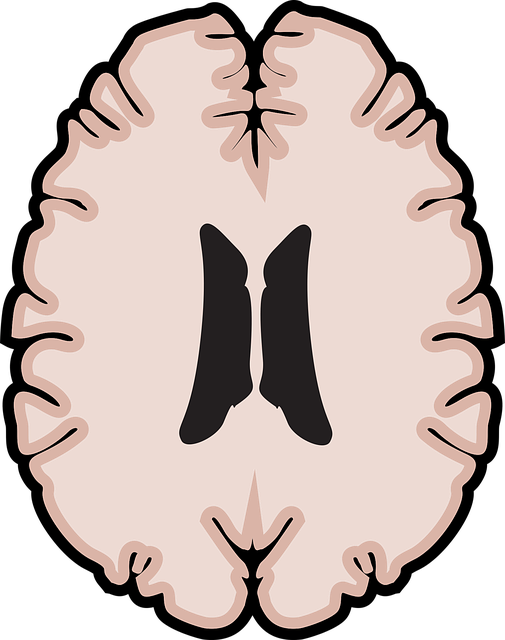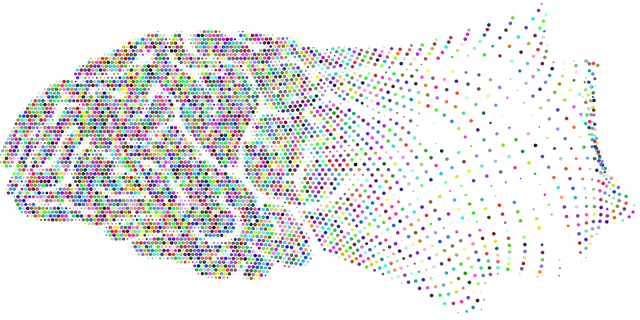Arvada Autism Spectrum Disorder (ASD) Therapy provides specialized support to help individuals with ASD navigate emotion regulation challenges, focusing on Trauma Support and Crisis Intervention. Through tailored strategies including visual aids, cognitive reframing, mindfulness practices, and deep breathing exercises, they teach clients to identify emotions, recognize triggers, and develop effective coping mechanisms. This holistic approach enhances well-being, reduces stress, and boosts resilience, empowering individuals with ASD and their caregivers to manage emotional challenges in daily life.
Emotion regulation techniques play a pivotal role in supporting individuals with Autism Spectrum Disorder (ASD). This article explores effective strategies tailored for ASD individuals, delving into understanding emotional awareness and providing practical tools for managing and modifying emotions. We present a comprehensive guide that includes case studies from Arvada Autism Spectrum Disorder Therapy, showcasing real-world applications of these techniques. By implementing these practices, parents, caregivers, and therapists can empower individuals with ASD to navigate their emotional landscape more effectively.
- Understanding Emotion Regulation for ASD Individuals
- Techniques to Teach Emotional Awareness
- Strategies for Managing and Modifying Emotions
- Practical Applications in Daily Life: A Case Study with Arvada Autism Spectrum Disorder Therapy
Understanding Emotion Regulation for ASD Individuals

For individuals on the Autism Spectrum Disorder (ASD) spectrum, emotion regulation can present unique challenges. Understanding and managing emotions effectively is a crucial aspect of therapy for ASD individuals, aiming to enhance their overall well-being and quality of life. Arvada Autism Spectrum Disorder Therapy focuses on providing tailored support to navigate these complexities.
Trauma Support Services and Crisis Intervention Guidance play significant roles in teaching emotion regulation skills. Many ASD folks struggle with interpreting and expressing emotions, which can be further complicated by sensory sensitivities. Communication Strategies are integral to this process, helping them identify and communicate their feelings accurately. Through these techniques, individuals learn to recognize triggers, develop coping mechanisms, and foster a better understanding of their emotional responses, ultimately leading to improved self-management in various settings.
Techniques to Teach Emotional Awareness

Teaching emotional awareness is a cornerstone of emotion regulation techniques, especially when tailored to individuals with Arvada Autism Spectrum Disorder (ASD). This involves helping them identify and label feelings, which can be challenging for many on the spectrum. Through visual aids, social stories, and role-playing scenarios, therapists can guide clients in recognizing emotional cues in themselves and others. Start by encouraging self-reflection: “How do I feel right now? Why do I think that way?” This introspective practice is a foundational step towards effective mood management.
The process should also incorporate practical strategies for emotional well-being promotion techniques, such as deep breathing exercises and mindfulness practices. These tools enable individuals to respond to strong emotions constructively, promoting better mental health outcomes. In addition, therapists can employ a risk assessment for mental health professionals to gauge potential triggers and develop proactive interventions, ensuring clients have the skills to navigate their feelings safely and adaptively.
Strategies for Managing and Modifying Emotions

Managing emotions effectively is a skill that can significantly improve overall well-being, especially for individuals with Arvada Autism Spectrum Disorder Therapy (ASD). Strategies for modifying emotions involve several techniques tailored to individual needs. One common approach is cognitive reframing, where individuals learn to recognize and challenge negative thought patterns contributing to intense emotional responses. This process helps in replacing unhelpful thoughts with more realistic and balanced perspectives, fostering better emotion regulation.
Additionally, mindfulness practices, such as meditation and deep breathing exercises, teach individuals to focus on the present moment, increasing awareness of their emotions without judgment. These techniques are particularly useful for stress management workshops organized by various organizations, aiming to boost confidence and prevent depression. By combining these strategies, individuals gain a toolkit to navigate and respond to emotional challenges more adaptively, enhancing their overall resilience.
Practical Applications in Daily Life: A Case Study with Arvada Autism Spectrum Disorder Therapy

Arvada Autism Spectrum Disorder Therapy (ASD) has pioneered practical applications of emotion regulation techniques in daily life. Through their innovative programs, individuals with ASD and their caregivers gain valuable tools to navigate emotional challenges effectively. By integrating evidence-based strategies into routine therapy sessions, ASD therapists empower clients to manage stress, anxiety, and intense emotions, fostering a sense of control and well-being.
This approach has proven particularly beneficial in reducing the impact of trauma on individuals with ASD. In collaboration with local community outreach programs, ASD Therapy Arvada offers support services tailored to address mental illness stigma reduction efforts while promoting inclusive environments. Their holistic methodology, combining individual therapy, group sessions, and family involvement, exemplifies how emotion regulation techniques can be successfully implemented in various settings, enhancing the lives of those affected by autism spectrum disorders.
Emotion regulation techniques are invaluable tools for individuals on the autism spectrum, offering them greater autonomy and improved quality of life. As demonstrated by Arvada Autism Spectrum Disorder Therapy’s successful case study, teaching emotional awareness and practical strategies can significantly enhance daily functioning. By integrating these techniques into therapy, professionals empower ASD individuals to navigate their emotions effectively, fostering a sense of control and enhancing overall well-being. This evidence-based approach holds promise for revolutionizing support systems in the autism community.











